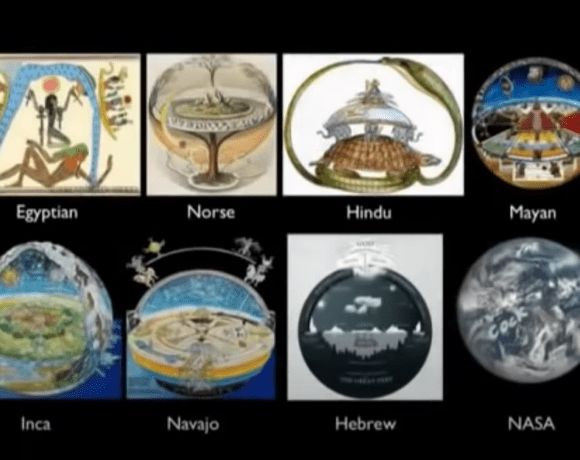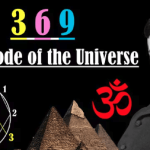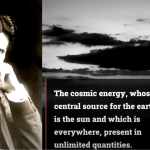The Flat Earth Theory:
The Flat Earth Theory: Debunking the Spherical Model
The flat earth theory has been a topic of controversy for many years. The idea that the earth is not a spinning globe but is instead flat has been met with skepticism and ridicule by the majority of people who have heard of it. However, proponents of the flat earth theory argue that the evidence is not consistent with the spherical model. In this article, we will delve into the flat earth theory, examine some of the claims made by its proponents, and determine whether there is any merit to their arguments.
The Horizon and the Pythagorean Theorem
One of the key arguments made by proponents of the flat earth theory is that the horizon always rises to the observer’s eyes no matter where they are. For example, when observing Toronto’s skyline from Niagara-on-the-Lake (31 miles away), Chicago’s skyline from Union Pier (43 miles away), or even Oahu from Kawaii (73 miles away), no curvature is visible where it is supposed to be. According to the Pythagorean theorem, which states that the curvature of the earth is 8 inches per mile squared, Oahu should not be visible at all.
The Michelson-Morley Experiment and the Theory of Relativity
In 1887, Albert Michelson and Edward Morley conducted an experiment that was attempting to prove the speculated motion of the earth around the sun. However, when the experiment failed, Albert Einstein was forced to form the theory of relativity to overcome this problem. Proponents of the flat earth theory argue that this is an example of mainstream science creating a workaround when faced with undesirable results, which is not real science.
The Sun and Moon Phases
The sun is claimed to be 93 million miles away with a radius of over 400,000 miles. However, proponents of the flat earth theory argue that this can be easily proven to be false by tracing the crepuscular rays back to their origin in the sky. If the sun were indeed 93 million miles away, it would be impossible to have angled sun rays, as they should all consistently come in straight. The theory also argues that the shadow of the earth does not cause moon phases and that the eight phases of the moon are always the same, but if we were orbiting around the sun, these phases would be reversed from the summer to winter seasons.
Conclusion
The flat earth theory may seem ridiculous to many, but proponents argue that this is only because we are taught the false globe model from a young age. They say that after conducting unbiased and scientific research, they have come to the conclusion that the earth is flat.




















